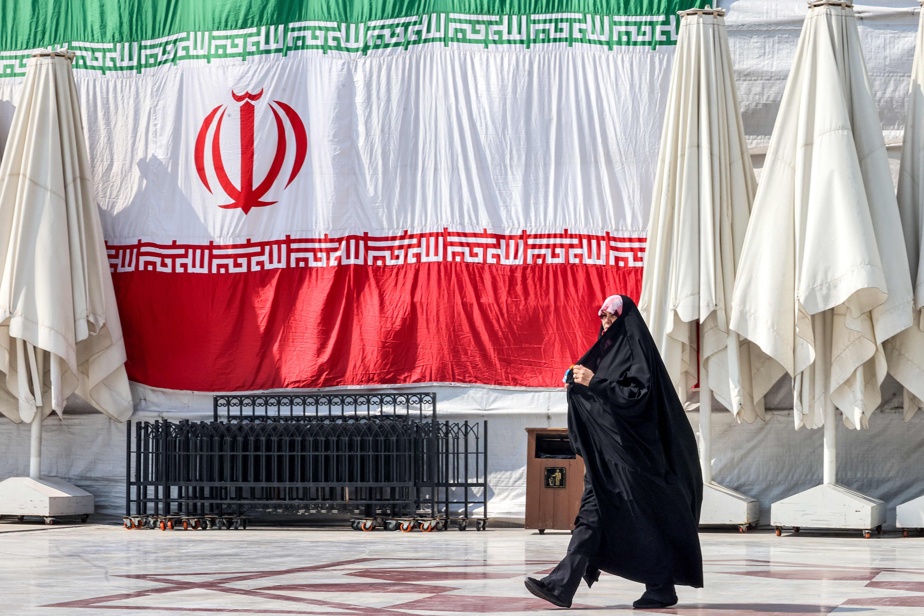(Paris) Iranian prisons have become veritable “massacre sites” in 2023, with at least 853 executions, more than half of which were in relation to drug-related offenses, Amnesty International denounced on Thursday.
The number of executions in 2023 is the highest since 2015 and marks an increase of 48% compared to 2022 and 172% compared to 2021, reports Amnesty, which calls on the international community to take measures to “put a end to the terrible wave of executions.
Since the start of 2024 alone, 95 executions have been recorded, the press release added.
“The Iranian authorities have strengthened the death penalty with the aim of spreading fear among the population and tightening their grip on power, following the Woman, Life, Freedom uprising,” accuses Amnesty.
A wave of protest shook Iran for months after the death in detention in September 2022 of a young Iranian Kurd, Mahsa Amini, arrested by the moral police for non-compliance with the strict Islamic dress code.
Nine people were executed in connection with this uprising, according to NGOs.
“In the absence of a strong global response, Iranian authorities will feel entitled to execute thousands more people in the years to come, with impunity,” says Diana Eltahawy, deputy regional director for the Middle East, cited by the press release.
Noting the “staggering increase” in executions linked to narcotics, Amnesty, for which Iranian prisons have become “places of massacre”, denounces “the murderous anti-drug policies of the Islamic Republic”, and notes that a number of “Opponents and members of oppressed ethnic minorities are among those executed,” such as the Baloch.
The year 2023 “was also marked by a shocking intensification of the application of the death penalty to juvenile offenders, with the execution of a 17-year-old boy and four young people convicted of crimes committed while they were under 18 years old,” notes the organization.
Executions in Iran are generally carried out by hanging in prisons, sometimes in public.
